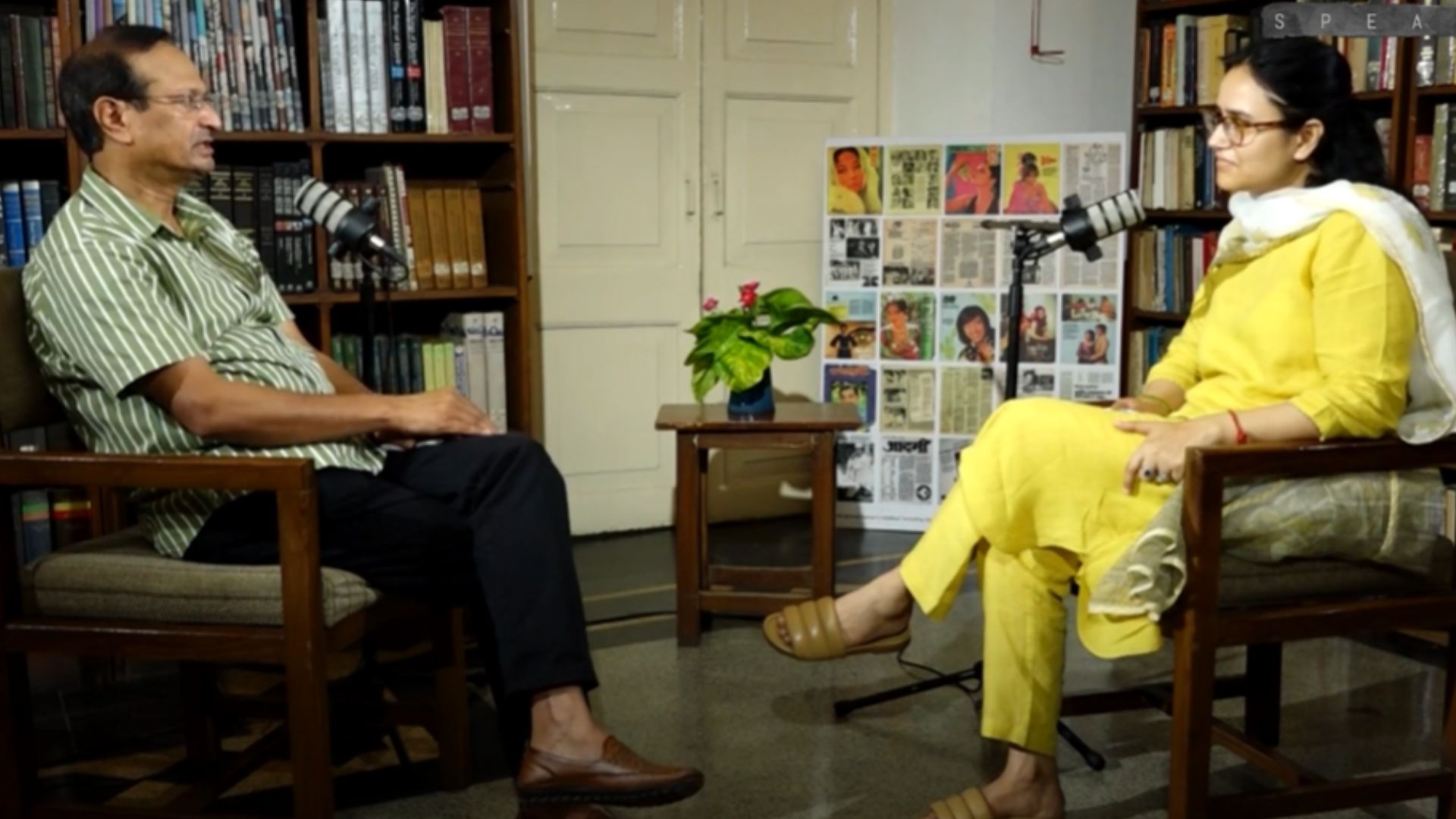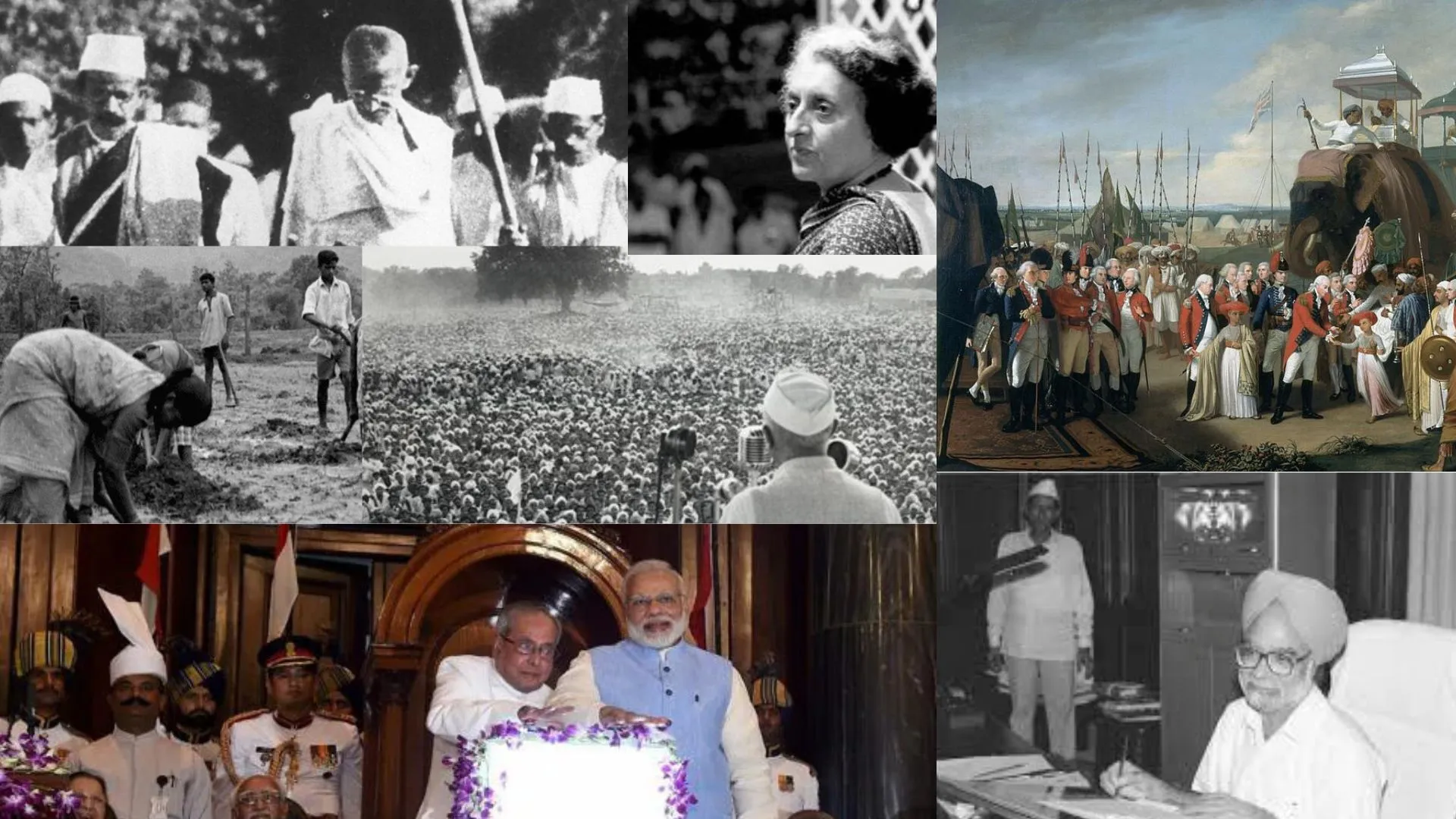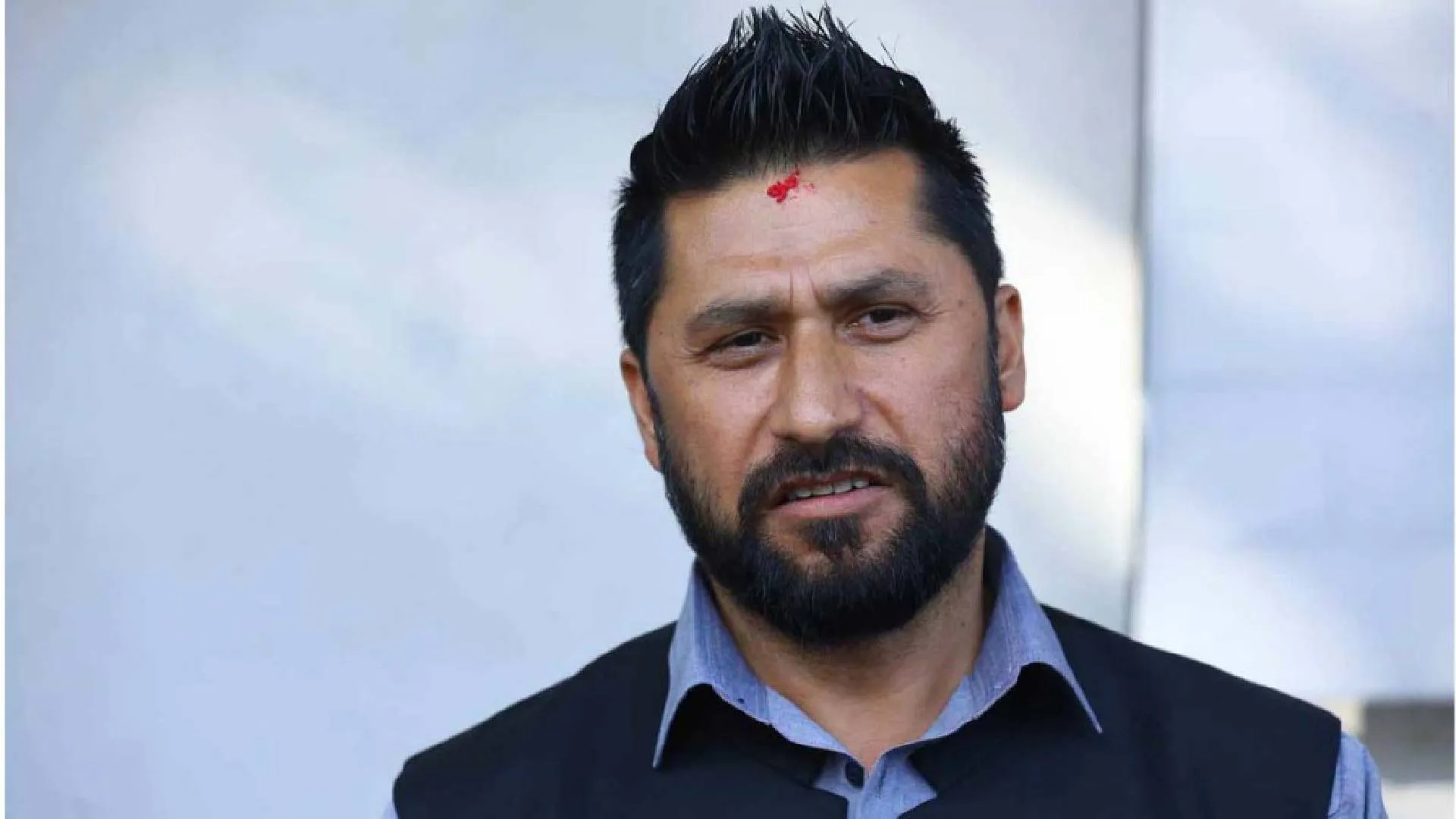Women monarchs in India were no exception of the valour and administrative prowess claimed by their male counterparts.
Joan Ruth Bader Ginsburg was an American jurist who served as an associate justice of the Supreme Court of the United States once said “Women belong in all places where decisions are made … It shouldn’t be that women are the exception.”
This quote was relevant in all realms of life for women even in the world of monarchy. When the imperialism led by Britishers were making inroads in all the continents of the globe it was also bringing an acceptance towards the female head at the helm of the affairs.
Women monarchs in India were no exception of the valour and administrative prowess claimed by their male counterparts. Today we will deep dive and provide details about the powerful women monarchs who carved niche in their work and etched their names in the history of the country.
As a matter of fact, if we scour through the history of India one tends to come across the achievements of mostly men, while having to hunt more to unearth the feats of women. This isn’t only due to the fact that women tend to be denied access to power—the stories of women who fought their circumstances against all odds are often buried. These are remarkable stories of resilience and defiance that deserve to be told, heard and shared.
The list of women monarchs, who roared in the history, is endless but we are trying to show light on the lives of a few of these royal tigresses:
Ahilya Bai Holkar: The Philosopher Queen
When she was eight years old, Ahilya Bai Holkar was taken to Indore by Malhar Rao – one of the chief generals of the Maratha general Baji Rao I – to marry his 10 year old son, Khande Rao. She was given a prince’s education at a time when there existed a superstition that if a woman learnt to read, her husband would die.
Malhar Rao relied heavily on Ahilya Bai. When Khande Rao was killed during a siege, all his queens rushed to commit sati but her father in law implored Ahilya Bai not to do so.
When her son died, Ahilya saw no reason why she could not herself become the official ruler. Gangadhar Yashwant, the diwan, was so horrified by this that he wrote to Raghoba, the uncle of the young peshwa, inviting him to invade Malwa.
Ahilya Bai formed a small army of around 500 women. She then wrote a letter to Raghoba, saying that he could only gain infamy by battling with women—to win would be a dishonour, and to lose a still greater one. To save face, Raghoba then sent a message claiming he had only come to Indore to offer his condolences on the death of Ahilya Bai’s son. He was royally entertained for a month.
Rani Mangammal: The Builder of Highways
When Chokkanath Nayak became the king of Madurai in 1662, he was married to Mangammal, the daughter of a general. Chokkanath suffered in the many wars he habitually initiated. When he died his kingdom was financially distressed, bled by all the wars he had fought with his neighbours and lost. Mangammal staunchly refused to commit sati and, after her son died of smallpox, assumed power as regent on behalf of her infant grandson.
Mangammal’s rule was quite different from that of her husband. Where he had been constantly embroiled in wars, which had drained the kingdom of its resources, Mangammal often made treaties with former foes, and was more interested in the welfare of her subjects. Mangammal also invested heavily in infrastructure. The highway she had built from Kanyakumari to Madurai was named after her, and is still called the Mangammal Salai.
Mangammal was very shrewd at handling military affairs. The Marathas kept raiding Madurai and Mangammal eventually declared war on them in 1700. As the army spilled into the kingdom, Mangammal realized that her army would be unable to hold off the excellent Maratha cavalry. In a stroke of genius, she stealthily sent off her troops to harry Tanjore in the absence of the troops that would defend it. As the troops turned back to defend their territory they were ambushed at a river crossing. This happened at a time when even Aurangzeb was having trouble fighting off the Marathas! Madurai and Tanjore ended up signing a peace treaty.
Rani Chennamma: The Queen Who Challenged Aurangzeb
In 1664, Somesekara Nayak became the ruler of Keladi, in Karnataka. At a fair, his eye fell upon the young Chenamma, the daughter of a Lingayat merchant. He overruled the objections of his ministers who were horrified at his choice and he married her regardless. She received a royal education in politics and began to involve herself in administration. When the king gradually fell fatally ill as a result of being drugged by Bharame Mahut (the stepfather of one of the king’s royal mistresses), Chennamma maintained order with the help of the court ministers, chief amongst whom was Thimanna Naik.
The sultan of neighbouring Bijapur saw this as an opportune moment to conquer the kingdom. The queen, bereaved and overwhelmed by the king’s death, secretly left with her troops for Bhuvanagiri, a fort hidden in the jungles of Keladi. There she was joined by Thimanna Naik, who helped her repel the Bijapur forces. She was crowned ruler in her own right in 1671.
Once, when Shivaji’s 19-year-old son Rajaram asked Chenamma for shelter from Aurangzeb and his forces, the Rani aided him, leaving her ministers aghast. Aurangzeb’s army made its way to Keladi but were harrowed by relentless rains and guerrilla attacks by the Rani’s forces. Aurangzeb called Chenamma a ‘female bear’.
Begum Samru: The Dealmaker
Begum Samru, picked up from a Chawri Bazar brothel by a European traveller, was a remarkable woman who went on to rule the kingdom of Sardhana (in present-day Meerut) for 55 years.
At the end of the 18th century, Walter Reinhardt Sombre, an Austrian mercenary, encountered the charming 15-year-old dancer and moved her into his harem. The quick-witted girl became his companion and comrade in arms as he offered his military services to various nobles. The couple became very influential in the Mughal court, quickly becoming favourites of both Shah Alam II and his vizier Najaf Khan. After Sombre’s death just two years later, his son was next in line to inherit the jagir. However, Begum Samru managed to get Sombre’s troops to support her and used her influence with Najaf Khan to get Sardhana allotted to her. She held court in Sardhana, wearing a masculine turban and smoking a hookah. She would lead her troops in battle, even coming to the rescue of the hapless Mughal Shah Alam many a time. He gave her the title zebunnisa, or ornament among women.
Lakshmibai Newalkar, The Great Warrior
Lakshmibai Newalkar born Manikarnika Tambe (1828 —1858) was the Maharani consort of the princely state of Jhansi in Maratha Empire from 1843 to 1853 by marriage to Maharaja Gangadhar Rao Newalkar. She was one of the leading figures in the Indian Rebellion of 1857, who became a national hero and symbol of resistance to the British rule in India for Indian nationalists.
Born into a Karhada Brahmin family in Banares, Lakshmibai married the Maharaja of Jhansi, Gangadhar Rao, in 1842. When the Maharaja died in 1853, the British East India Company under Governor-General Lord Dalhousie refused to recognize the claim of his adopted heir and annexed Jhansi under the Doctrine of Lapse. The Rani was unwilling to cede control and joined the rebellion against the British in 1857. She led the successful defense of Jhansi against Company allies, but in early 1858 Jhansi fell to British forces under the command of Hugh Rose. The Rani managed to escape on horseback and joined the rebels in capturing Gwalior, where they proclaimed Nana Saheb as Peshwa of the revived Maratha Empire. She died in June 1858 after being mortally wounded during the British counterattack at Gwalior. Several patriotic songs have been written about the Rani. The most famous composition about Rani Lakshmi Bai is the Hindi poem Jhansi ki Rani written by Subhadra Kumari Chauhan. An emotionally charged description of the life of Rani Lakshmibai, it is often taught in schools in India.
Rani Velu Nachiyar-The Warrior Queen
Rani Velu Nachiyar, 1730 -1796, was a queen of Sivaganga estate from 1780–1790. She was the first Indian queen to wage war with the East India Company in India. She is known by Tamils as Veeramangai (“brave woman”). With the support of Hyder Ali’s army, feudal lords, the Maruthu Brothers, Dalit commanders, and Thandavarayan Pillai, she fought the East India Company.
She married the king of Sivagangai, with whom she had a daughter. When her husband, Muthu Vaduganatha Periyavudaya Thevar was killed in a battle with EIC soldiers in 1780 at KalaiyarKoil, she was drawn into the conflict. Velu Nachiyar ran away from Sivagangai as a fugitive and sought the help of Hyder Ali. Hyder Ali helped her with 5,000 soldiers and gunpowder weapons. After eight years of planning along with support of many feudal lords, Tipu Sultan, Marudhu brothers and Thandavarayan Pillai she fought against the British East India Company. Nachiyar reinherited the kingdom of her husband and ruled it for ten more years.
Gond Rani Durgavati
The Gond Rani Durgavati (1524–1564) ruled for 15 years before losing her life in a battle with Mughal emperor Akbar’s general Asaf Khan in 1564. She was the Queen Regent of Gondwana in 1550-1564 A.D. She was wed to King Dalpat Shah, the son of King Sangram Shah of Gondwana. She served as regent of Gondwana during the minority of her son, Vir Narayan, from 1550 until 1564. She is chiefly remembered for defending Gondwana against the Mughal Empire.
Razia Sultan: The Moghul Queen
Raziyyat-Ud-Dunya Wa Ud-Din, 1205 -1240, popularly known as Razia Sultana, was a ruler of the Delhi Sultanate in the northern part of the Indian subcontinent. She was the first female Muslim ruler of the subcontinent, and the only female Muslim ruler of Delhi. Another epitome of how women should stand up for what they believe in, Razia refused to be addressed as ‘Sultana.’ This was because she felt the term was a reference to her gender. As the fifth Mamluk dynasty ruler, she was no stranger to battle. She even took charge of the administration of the dynasty and associated with the best Sultans of Delhi. She believed not just in ruling, but also the welfare of the land, and established schools, academies, research centres, and public libraries. However, Malik Ikhtiar-ud-din Altunia, then governor of Bhatinda, was not in favour of all this and conspired to have Razia be dethroned. The plan succeeded, and in the attempt of reclaiming the throne, this first and last woman Sultan of Delhi died at the young age of 35.
Rani Didda
Didda (c. 924 CE – 1003 CE), also known as The Catherine of Kashmir, was the last ruler of Utpala dynasty from 980 CE to 1003 CE. She first acted as regent for her son and various grandsons from 958 CE to 980 CE, and from 980 CE as sole ruler and monarch. Her persona led eminent archaeologist MA Stein to comment that “The statesmanlike instinct and political ability which we must ascribe to Didda in spite of all the defects of her character, are attested by the fact that she remained to the last in peaceful possession of the Kashmir throne…”. She is one of the very few female monarchs in Indian history.
Rani Abbakka Chowta
Rani Abbakka Chowta was the first Tuluva Queen of Ullal who fought the Portuguese in the latter half of the 16th century. She belonged to the Chowta dynasty who ruled over parts of coastal Karnataka (Tulu Nadu), India. Their capital was Puttige. The port town of Ullal served as their subsidiary capital. The Portuguese made several attempts to capture Ullal as it was strategically placed. But Abbakka repulsed each of their attacks for over four decades. For her bravery, she came to be known as Abhaya Rani (The fearless queen). She was also one of the earliest Indians to fight European colonialism and is sometimes regarded as the ‘first woman freedom fighter of India’. In the state of Karnataka, she is celebrated along with Rani Kittur Chennamma, Keladi Chennamma, Rani Chennabhairadevi and Onake Obavva, as the foremost women warriors and patriots.























